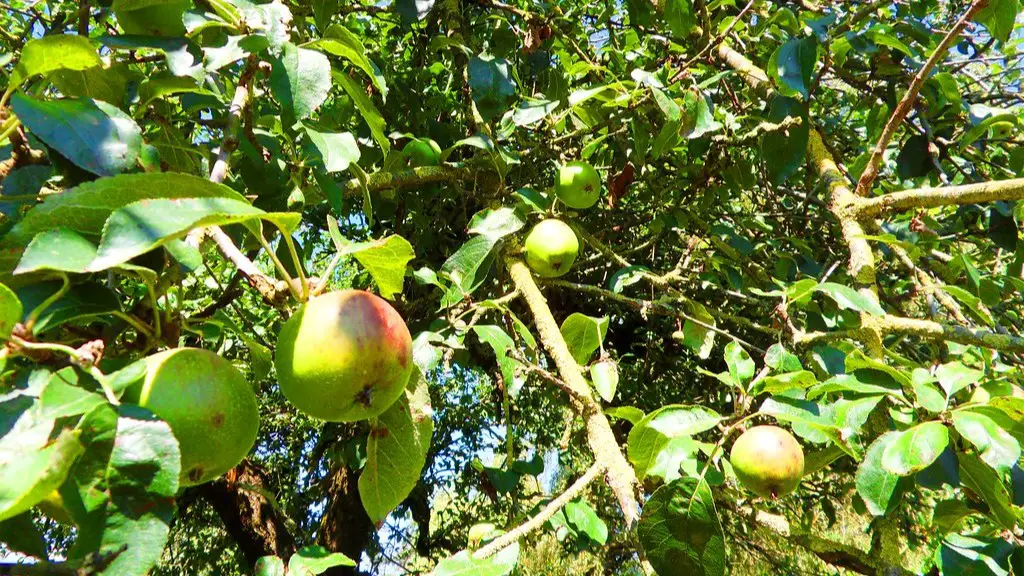Avocado trees are dynamic and beautiful additions to many gardens. With the proper care and the right climate, these trees can last for a long time, bearing fresh fruit from their branches each season. Even more exciting is their compatibility with other plants and herbs, creating a full and robust micro-ecosystem. To get the most from your avocado harvest, it’s beneficial to understand what to plant with avocado trees.
Typically, companion plants are beneficial for one another, exchanging essential nutrients and promoting soil health. Many permaculturalists turn to companion planting to increase output from their crops by supplementing these with helpful pollinators or pest deterrents. Here, we explore five top companion plants to grow alongside your avocado tree.
Basil
Basil is a popular culinary herb which can assist an avocado tree in repelling harmful insects and pests. Known as a “dynamic accumulator”, basil collects essential minerals from the soil and transfers them to the avocado tree. The aromatic herb deters harmful pests, such as aphids and thrips, while attracting beneficial pollinators. Some varieties are known to be companion plants for tomatoes as well, so it could be a win-win for any gardener.
Borage
One of the most beneficial companion plants for avocados is borage. A versatile plant, borage is known for its ability to attract beneficial pollinators and other insects that are critical for avocado production. With its distinctive blue flowers, borage is an attractive touch to any garden, often used as an edible garnish. The flowers also increase the production of honeybees and improve the quality of your fruit.
Nasturtiums
Nasturtiums are a popular garden flower that can act as a reliable pest deterrent and companion plant for avocados. These beautiful plants act as a “trap crop” and draw harmful insects away from the avocado, allowing it to grow and thrive in peace. You can also use the flowers and leaves as edible garnishes or additions to salads and sauces, adding a unique spicy flavor. Nasturtiums are a great way to give your garden a bit of charm, as well as significant nutritional benefits.
Laminate Root
Laminate root is an organic fertilizer, often used as a mulch in conjunction with avocado trees. Not only does it ensure that the tree absorbs essential nutrients, but the microbial activity it promotes helps in the prevention of diseases and other pests. Laminate root makes an ideal companion to avocados, particularly in areas of poor soil fertility or those with high populations of harmful insects.
Yarrow
Yarrow is a small, flowering plant that has many benefits for avocado trees. Not only can it help to attract beneficial pollinators, but it also emits an aroma that repels harmful pests. Yarrow is packed with nutrients, making it an excellent fertilizer for other plants in the vicinity. As an added bonus, it provides a bright and vibrant aesthetic to any avocado garden.
Native Plants
Native plants are essential for any outdoor ecosystem, as they help to provide the essential resources and balance to promote a healthy environment. Taking a look at the local flora and fauna can help identify the plants and trees most compatible with your avocado tree. Native plants can also prove very beneficial for avocado trees by reducing stress and providing nutrients.
Fertilizing
Fertilizing your avocado tree helps it to reach its full maturity and produces vibrant and nutritious fruit. Organic fertilizer is often the best choice, especially if your soil lacks in beneficial microbes and micro-organisms. Ideally, the soil should be enriched at least twice a year, with the most active times being February and September.
Pruning
trimmed trees are more likely to bear fruit. Avocado trees typically require pruning once or twice a year, as this helps to promote the tree’s efficiency and vigorous growth. This also allows for more abundant light to reach the branches, helping to improve the tree’s overall health. Aim to prune your tree once during late winter and then again in the summer when growth is the most extensive.
Insects and Pests
Keeping the tree free from insects and pests is essential for successful avocado production. A great way to help prevent infestations is to apply a neem oil mixture to the branches. This non-toxic blend helps to not only repel harmful insects but also provides essential nutrients to the tree. You can also make use of water sprays and companion plants to help reduce the impact of these unwanted pests.
Soil Maintenance
The soil surrounding your avocado tree is critical for its health and productivity. Maintaining a nutrient-rich soil structure is essential for the tree’s growth, and it should be checked regularly. Compost and mulch can help to provide the desired balance of water and minerals, while also increasing beneficial microbial activity.
Water
Water is a critical factor for avocado trees, as it helps to strengthen their immunity and reduce the risk of disease. Depending on the climate, you will want to provide 1-1.5 inches of water for your tree each week. However, it is important not to over-water, as this can lead to root rot and other problems. During the wet season, a light and consistent sprinkling should suffice.
Harvesting
One of the most exciting and rewarding parts of having an avocado tree is harvesting its delicious fruit. Depending on the environment, you can expect a yield in late spring or early summer. Certain trees will also bear fruit at different times of the year, so be sure to check what works best for your specific species.


